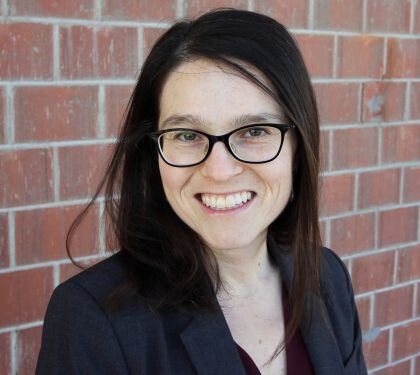To watch the recording of our recent Livestream conversation on this topic, “Drought, Wildfires, and Climate Change: The Future of Farming in the West,” click here.
As I sit down to write this, a light rain is falling in Bellingham, WA, but the moisture is a temporary balm to the stress of an unusually dry, hot summer. The coastal Pacific Northwest town I call home is known for its cool, damp climate, but this August, grass is bleached gold and trees are already shedding their leaves. In July, an unprecedent heat wave struck the region. Local berry growers, who produce the vast majority of the country’s frozen raspberries, saw their fruit literally cook on the vine. Some farmers lost as much as 80% of their annual crop.
As my colleagues have discussed eloquently in the first and second posts in this series, a 20-year Pacific Northwest farmland drought, intensified by climate change, is causing devastating and lasting impacts on where, how, and what we farm.
A new report from ProPublica and The New York Times Magazine projects that over the next 20-50 years, increasing average temperatures and shifting rainfall patterns will dramatically change where we grow food.
Their analysis suggests that Whatcom County, where I live, may become more productive, as warmer temps and a longer growing season make it possible to grow heat-loving crops. Already, local farmers are producing melons, peaches, and wine grapes – crops that were thought of as hard to grow here just 10 years ago.
But as much of the southern half of the country becomes inhospitable to people and plants alike, places like Whatcom County will face conflicting pressures to simultaneously accommodate a larger population while also growing more of the nation’s food (according to the US Census, population growth in the Pacific Northwest was more than twice the national average between 2010 and 2019). These opposing forces are already leading to bitter conflicts over allocation and use of our land and water resources, and will only continue to do so as demands intensify.
Harvested fields photo by Duncan Rawlinson.The situation is undeniably dire. While I’m not so bold as to counter these gloomy predictions with hope, I do believe that creativity and collaboration offer us a path forward. Securing the future of our nation’s food supply while balancing social and environmental constraints will require intentional partnerships and thoughtful tradeoffs.
Earlier this year, as part of our South Sound Discovery Farms® project, we partnered with Portland-based Willamette Partnership to research and write a report about the innovative ways that farmers and their communities are working together across the Pacific Northwest to address complex water issues.
I was particularly inspired to learn about one example: For nearly 15 years, the city of Hermiston, Oregon, and the nearby West Extension Irrigation District have partnered to divert treated water from the City’s waste-water treatment facility to the Irrigation District’s canal during the dry summer months.
The Umatilla River had a TMDL for temperature, and the water coming out of the treatment facility, while clean. Rather than install mechanical “chillers,” which would have been prohibitively expensive, this innovative approach enabled the water treatment facility to protect the health of the watershed while supplying water to farmers in the drought-prone region.
As our report identifies, the success of partnerships like this one relies first and foremost on good communication and a solid foundation of trust between municipalities and agricultural communities.
To quote one of the stakeholders interviewed, “For a successful partnership, reach out to the people who might present the strongest “roadblocks” to what [you] want to do. Talk to your staunchest opponent, and ask ‘Well OK, how would you deal with it? What can we compromise on?”
Additionally, new partnerships will need from the Federal and state governments, reliable data and information, and stable funding.
You can access the full report, “Landscape of Agricultural-Municipal Water Partnerships,” on AFT’s Farmland Information Center, but suffice it to say that these types of cross-cutting, collaborative efforts offer us a template for navigating the challenges that lie ahead.
Related Posts:
A Closer Look at Western Drought and Wildfires from Wyoming
Historic Drought Poses Risks to Nation’s Food Supply and Local Communities




